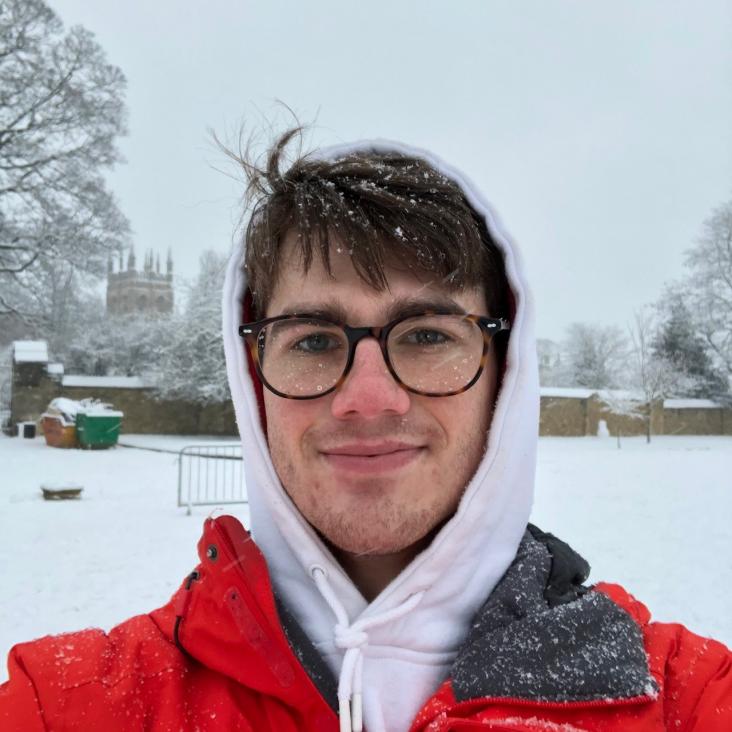Cell sorting by active forces in a phase-field model of cell monolayers
Abstract:
Cell sorting, the segregation of cells with different properties into distinct domains, is a key phenomenon in biological processes such as embryogenesis. We use a phase-field model of a confluent cell layer to study the role of activity in cell sorting. We find that a mixture of cells with extensile or contractile dipolar activity, and which are identical apart from their activity, quickly sort into small, elongated patches which then grow slowly in time. We interpret the sorting as driven by the different diffusivity of the extensile and contractile cells, mirroring the ordering of Brownian particles connected to different hot and cold thermostats. We check that the free energy is not changed by either partial or complete sorting, thus confirming that activity can be responsible for the ordering even in the absence of thermodynamic mechanisms.Mechanics and collective cell migration
Abstract:
`Active matter' is a term used to describe non-equilibrium systems, such as living organisms and tissues, that do work using an external source of energy. Epithelial cells are a subclass of living systems that derive their energy from ATP hydrolysis and are driven by active processes in the cytoskeleton. Epithelial cells can migrate as individuals, but also organise into two-dimensional monolayers and give rise to rich emergent behaviours such as collective migration and nematic liquid-crystalline order, with implications for morphogenesis, growth, and cancer metastasis. In this Thesis we model epithelia as two-dimensional monolayers to study their collective behaviours.
Using a multi-phase field model for epithelia, we first study the contributions of polar activity and cell-cell adhesion to the rotation of pairs of cells in confinement. Then we dispense with polar activity in favour of dipolar active stresses in order to study bulk epithelia. We investigate the microphase separation of mixtures of extensile and contractile dipolar cells. Cell sorting of this type has been observed in experiment and is relevant to embryogenesis and morphogenesis, and we propose an active origin for the observations.
Then we focus on cell intercalations, which are responsible in part for tissue fluidisation and therefore collective migration. We model fluctuations in the number of cadherin proteins at adherens junctions between cells using an Ornstein-Uhlenbeck process. We vary the timescale and variance of the random process and find a region that promotes translational diffusion and neighbour rearrangements, and show that the orientational order in the system vanishes. We also find that the translational diffusion has a non-monotonic dependence on the timescale of the adhesion fluctuations.
Finally, we study the flow of epithelia confined to a channel. Plug and shear flow have been observed in experiment and have implications for gastrulation in the embryo. First, we recover macroscopic flow for contractile cells by enforcing cell orientations at the edge the channel. Then we reformulate the force balance in the multi-phase field model to include Stokesian dynamics and, therefore, internal friction. The improved model exhibits an oscillatory shear flow that becomes more persistent as the coefficient of internal friction is increased. This development helps to bridge the gap from microscopic models to continuum theories.


